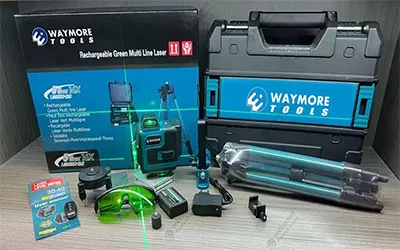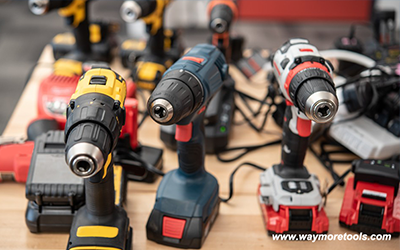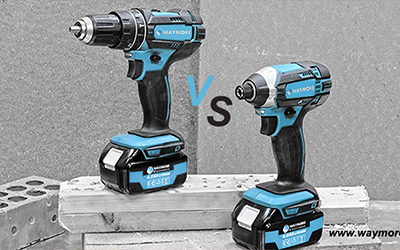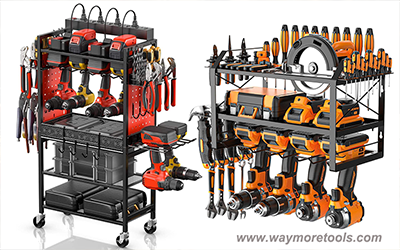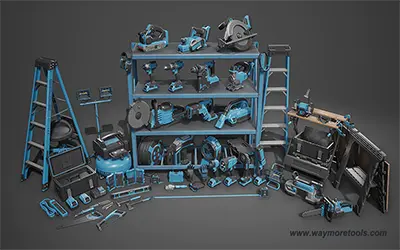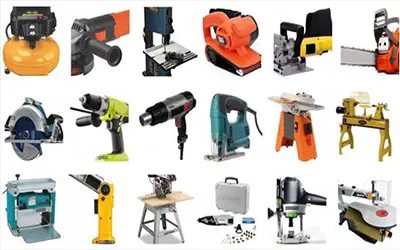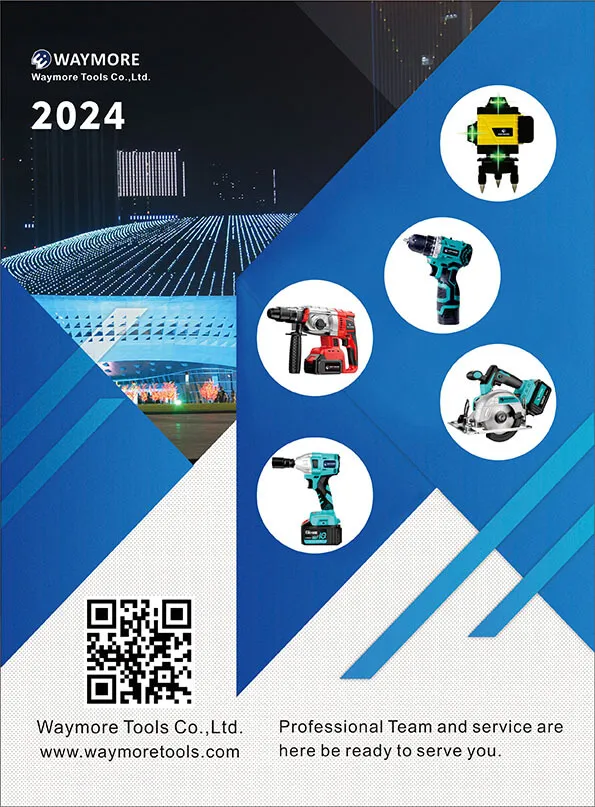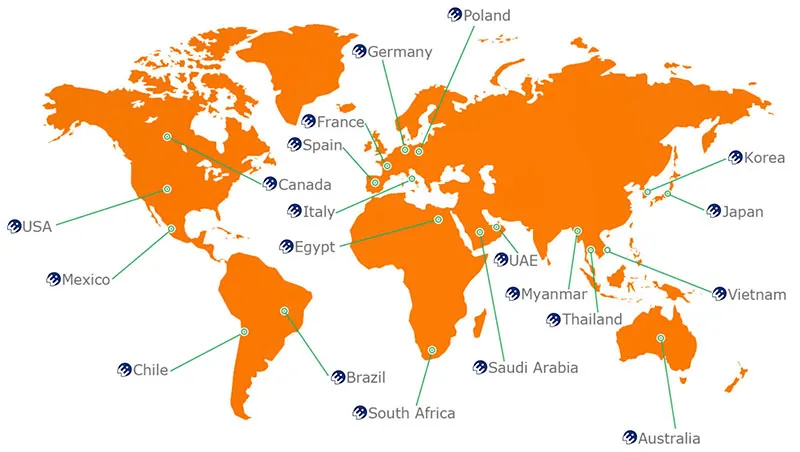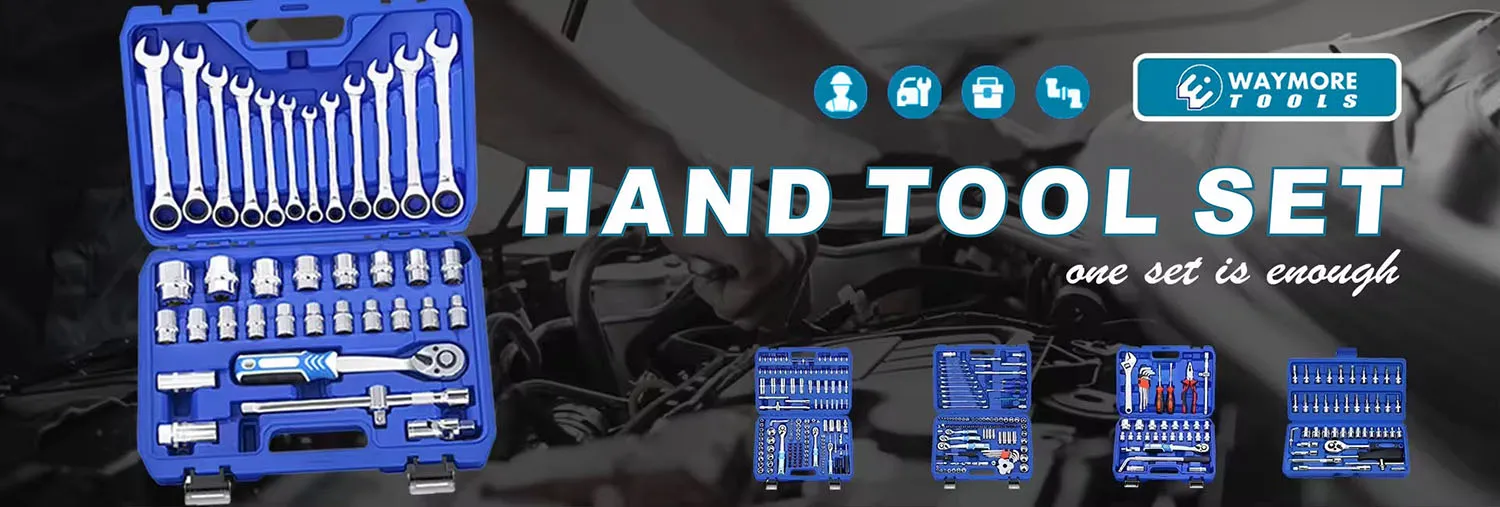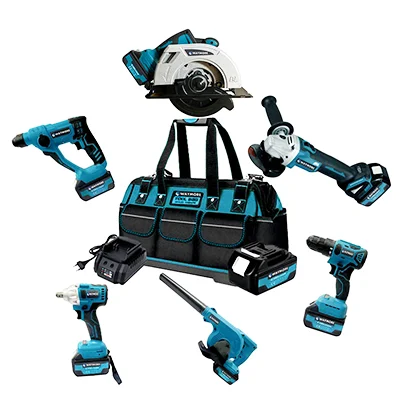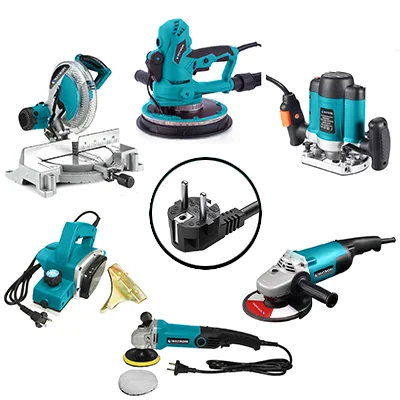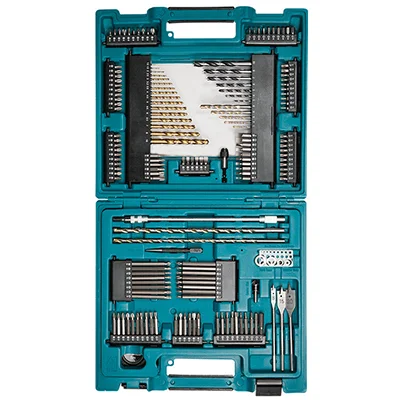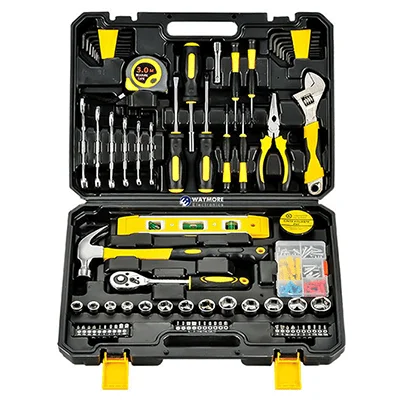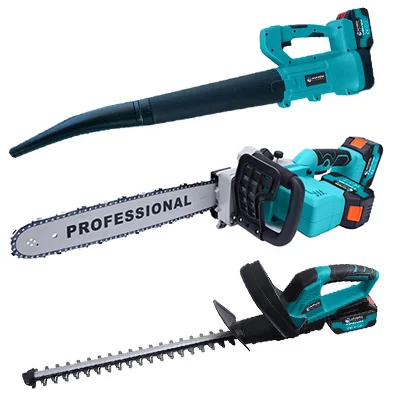Today's Insights: Understanding Laser Level Technologies: A Guide for Power Tool Professionals
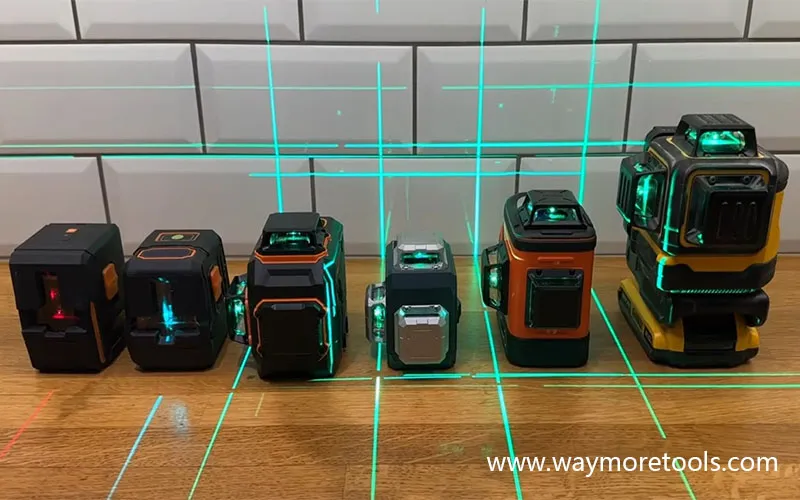
The Evolution of Laser Level Technology
Modern laser levels represent a quantum leap from traditional spirit levels, offering unprecedented precision through advanced laser diode technology. At their core, these devices project concentrated beams of light to establish accurate reference lines. This technology has not only revolutionized construction and surveying but has also found applications in creative industries, making it a versatile addition to any power tool inventory.
Red vs. Green Beam Technology: Making the Right Choice
One of the most significant decisions when selecting laser levels for our inventory is choosing between red and green beam technology. Green laser levels offer superior visibility, appearing up to 400% brighter to the human eye than red lasers. This enhanced visibility makes them particularly effective in bright conditions and over longer distances.
However, this superior visibility comes with trade-offs. Green laser levels generally:
- Consume more battery power than red lasers
- Cost more due to complex components
- Have limited compatibility with machine control receivers
Red laser levels, while less visible, offer distinct advantages including:
- Longer battery life
- Lower cost point
- Better compatibility with laser detectors
Manual vs. Self-Leveling Systems: Understanding the Differences
The market offers two primary leveling mechanisms: manual and self-leveling systems. Manual laser levels require physical adjustment using knobs or repositioning. These units are typically more economical and use less battery power, making them attractive for budget-conscious customers and DIY applications.
Self-leveling systems, on the other hand, utilize advanced pendulum or electronic mechanisms that automatically adjust to maintain accuracy. These systems offer significant advantages:
- Automatic level maintenance within specified ranges
- Higher accuracy than manual systems
- Time-saving setup process
- Continued accuracy even if disturbed
Understanding Beam Projection Types
Different laser levels employ various projection technologies to serve specific needs:
- Rotary laser levels: Create a 360-degree reference plane by spinning a laser beam at high speeds. These are particularly effective for large construction projects, offering accuracy within 1/16th of an inch at 100 feet.
- Line laser levels: Generate straight reference lines and are ideal for tasks like cabinet installation, chair rail mounting, and wall alignment.
- Dot laser levels: Project two to five laser points for transferring reference points between surfaces. They excel in tasks like installing wiring and mounting light fixtures.
Performance Factors and Quality Considerations
When evaluating laser levels for our inventory, several key performance factors deserve attention:
- Accuracy: Professional-grade laser levels typically offer accuracy within 1/16th of an inch at 100 feet.
- Working Range: While basic units might work well within 30 meters indoors, professional-grade rotary lasers can extend to 2,000 feet with a detector.
- Durability: Look for IP ratings for dust and water resistance, impact resistance ratings, and lockable pendulums to protect internal mechanisms.
Industry Applications and Market Opportunities
Different sectors require specific laser level features. Construction professionals often need robust, high-accuracy devices for foundation work, wall alignment, and masonry alignment. Interior designers and creative professionals might prefer compact, versatile models with enhanced visibility for precise alignment.
Conclusion
Understanding laser level technology is crucial for power tool professionals serving today's construction and design markets. By recognizing the distinct advantages of different technologies, we can better serve our customers' specific needs and applications.
Ready to expand your power tool inventory with the latest in laser level technology? Connect with our team of experts today to discuss wholesale opportunities and find the perfect mix of laser levels for your market. Visit our website or call our dedicated power tool division to learn more about our comprehensive range of professional-grade laser levels and special distributor pricing options.
As our company continues to participate in this grand event, we remain committed to offering the best power tools and machinery solutions to meet the needs of our global partners. Whether you are a wholesaler, importer, or distributor, we are ready to collaborate and support your business growth.
If you are interested in our Power Tools, welcome to contact with us, and we are here to offer you best service and great products, thank you!
Contact: Daniel
Email: daniel@waymoretools.com
Website: www.waymoretools.com

 Waymore Tools
Waymore Tools

